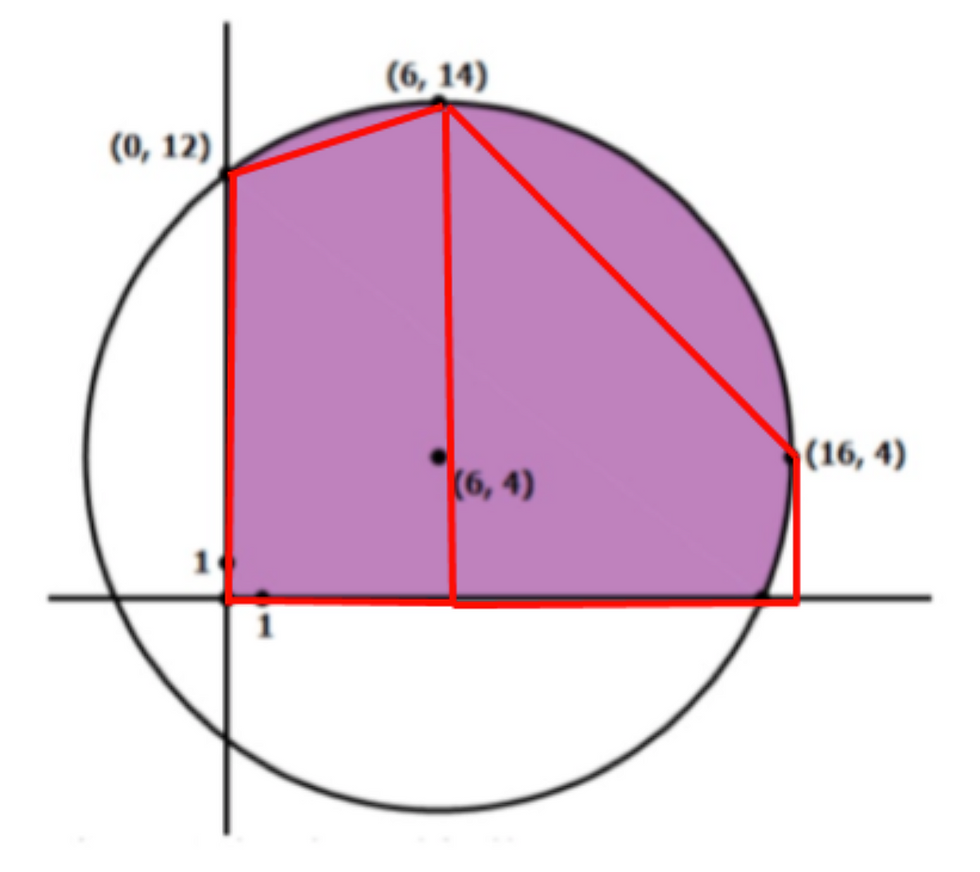Inverse Trig Functions and Their Derivatives
- Tom Szwarcer
- Oct 25, 2020
- 3 min read
Inverse trigonometric functions have many uses, including in engineering, construction and even astronomy. They are frequently used to solve equations involving trigonometric functions by 'undoing' such functions.
Differentiating inverse functions is a topic in A Level Maths that some may find challenging. Finding the derivatives of inverse trigonometric functions may well come up in the exam - either way, using algebra to find these derivatives is both interesting and good practice of mathematical form and techniques. If you are confident with how differentiating inverse functions works, feel free to skip the next bit.
Let us consider y = f(x). Here, x is our input and y is our output. Some value for x will, when plugged into the equation, return a value for y. You will likely remember that the derivative of a function is how much the output of a function changes as a result of a small change in its input, and what this ratio approaches as the change in input approaches zero. It can be written as the following:

In our case of y = f(x), it can be written as:

For those encountering derivatives for the first time, you can read 'Δ' as 'change in'.
As you know, you can manipulate equations by performing the same operation on both sides of the equals sign. Consider the following:

Here we apply the inverse function to both sides of the equation. It has the effect of 'undoing' what the original function, f, does to x. You can see this 'undoing' for yourself with some inverses you will recognise being applied to common functions:

Anyway, we are left with x = f^-1(y) on line (3). It is clear from this equation that x has become our output variable and y our input variable. Thinking back to our definition of the derivative from earlier, we know the derivative will be the limit of Δoutput/Δinput as Δinput approaches zero, or in this case lim Δy→0 (Δx/Δy). Written more simply this is dx/dy. Thinking about this as a fraction, dx/dy is obviously the reciprocal of dy/dx. This leads us to the conclusion that the derivative of an inverse function is the reciprocal of the derivative of the original function.
Now let us consider the function y = arcsin(x). We want the derivative of this, which will be the change in y with respect to a change in x, so dy/dx - but we don't immediately know what dy/dx actually is. Can you think of another way to write the relationship y = arcsin(x)?

We know what the derivative of a sin function is - it should be covered in A2 maths. Therefore, we know that dx/dy = cos y. We also know dx/dy is the reciprocal of dy/dx, what we are aiming for. therefore, we can state the following:

We now have a problem. Our input variable in the left hand side of the equation is x but the right hand side is in terms of y. We need to write y in a way involving x. Luckily, we have already done that; at the beginning we defined y = arcsin(x). This leaves us with the statement dy/dx = 1/cos(arcsin(x)). This is a solution, but not the most simple one. Using trig identities so simplify:

Giving us a simplified form of the derivative of arcsin(x). The proof of the identity used on line 2 is trivial and is left as an exercise for the reader.
The same sort of thing can be done for y = arccos(x):

The derivative of y = arctan(x) requires a little more algebraic manipulation and use of identities you will be familiar with, namely the fact that the derivative of tan(x) is (sec(x))^2:

This must be simplified to be useful:

Substituting this in leads us to:

Which is a very useful result; it can be used to integrate functions with a quadratic in the denominator. However, that's a topic for another blog post.
Please feel free to leave a comment with any questions or feedback!



Comments